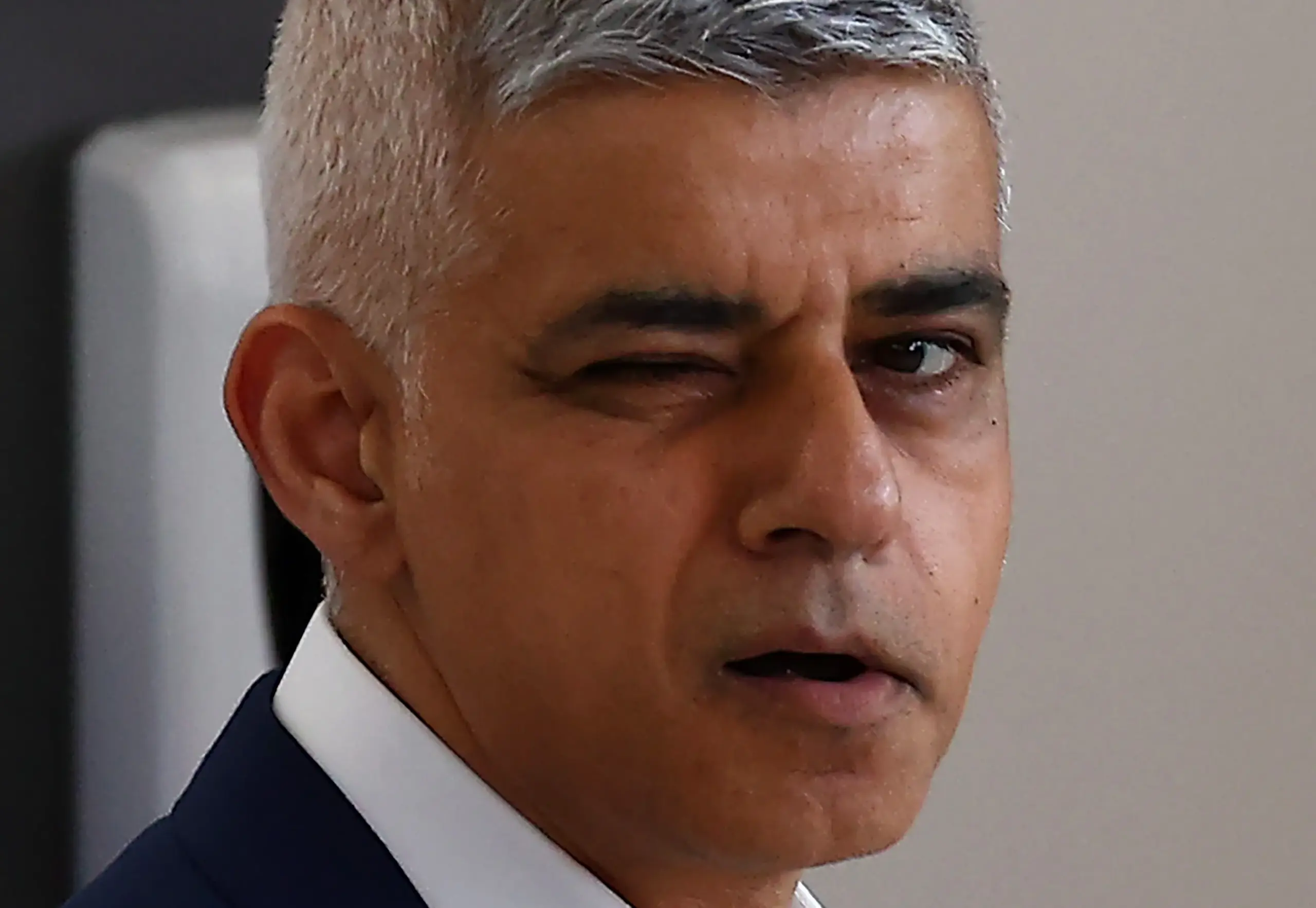
Introduction
Sadiq Khan, who became the Mayor of London in May 2016, is a significant figure in UK politics, known for his progressive policies and efforts to address the challenges facing the capital. As the first Muslim mayor of a major Western city, Khan’s leadership is vital not just politically, but also symbolically, reflecting London’s diversity. This article explores Khan’s key policies, recent developments, and their implications for London’s future.
Key Policies and Initiatives
Since taking office, Khan has focused on several critical issues, including housing, transport, and public safety. One of his flagship policies is the ‘London Housing Strategy’, aimed at tackling the housing crisis by increasing affordable housing and ensuring new developments meet the city’s needs. Under this strategy, Khan has pledged to build at least 50,000 new homes every year, with a significant percentage allocated as affordable housing, although this goal faces criticism related to viability and timelines.
Transport is another area of concern for Khan, who has introduced initiatives like the Ultra Low Emission Zone (ULEZ), which aims to combat air pollution by encouraging cleaner vehicles in central London. While these improvements were met with positive responses from environmental groups, they have also faced backlash from motorists due to increased charges.
Moreover, Khan has taken a vigorous stand on public safety, aiming to reduce crime through community policing and investing in youth programmes to deter knife crime. This remains a contentious topic as London has seen fluctuations in crime rates, prompting ongoing debates about the effectiveness of his approach.
Recent Developments
Recently, Khan has been vocal about the importance of addressing climate change, calling for London to be a carbon-neutral city by 2030. His efforts also include promoting cycling and walking, expanding city parks, and improving public transport infrastructure to reduce the city’s overall carbon footprint. Two significant projects are the ongoing expansion of the London Cycle Network and the introduction of more electric buses across the capital.
In light of the COVID-19 pandemic, Khan’s administration has implemented measures to ensure public health and safety while reviving the economy. He recently announced plans for boosting support to businesses hit hard by the pandemic, including grants and promotional campaigns to stimulate spending in local areas.
Conclusion
As Khan heads into the latter years of his mayoralty, his performance continues to stir discussions about the future direction of London. With rising concerns over housing, transport, and safety intermingling with climate responsibilities, Khan’s leadership will remain under scrutiny. His policies have the potential to significantly shape London’s urban landscape, and the outcomes will likely influence the political climate leading to the next mayoral election in 2024. With a focus on sustainability and inclusivity, Sadiq Khan’s vision for London aims to navigate the complexities of an evolving metropolis.
You may also like

Boris Johnson: A Look at His Current Political Landscape

Recent Developments Involving Jacob Rees-Mogg
